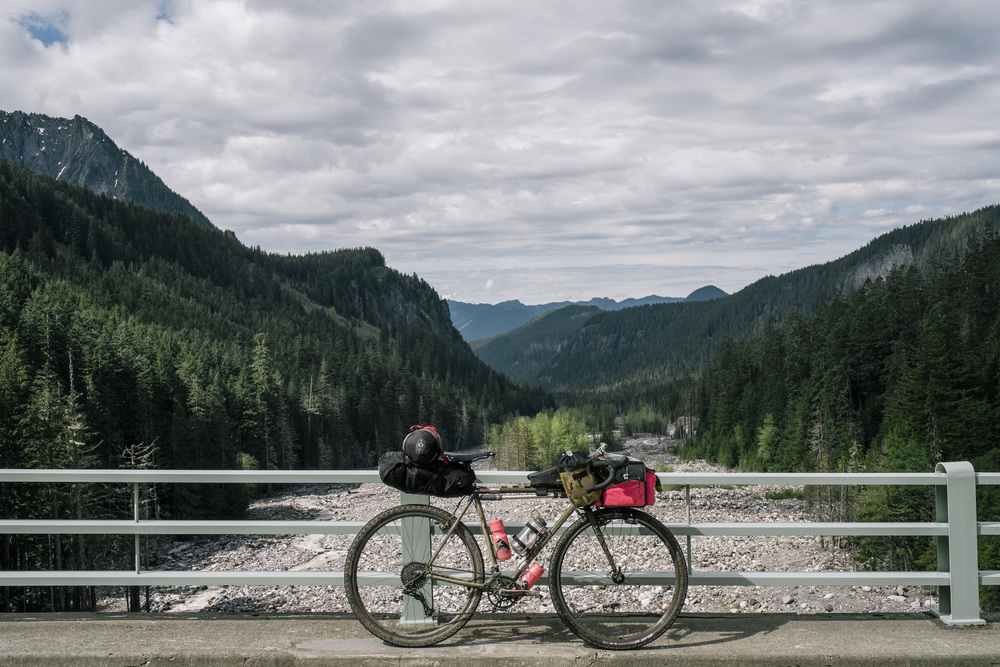Everything You’ll Need for a Long Bike Ride
Taking an extended bike ride on a long, meandering trail is a rewarding and exhilarating experience. Whether you’ve been an avid biker all your life or you’re just getting your feet wet, you’ll get the opportunity to explore nature, test your physical limits, and possibly enjoy the company of others along the way.
However, if you want your long-distance bike trip to go well, there are some things you’ll need to take care of first.
Scouting and Logistics
First, you’ll need to find a good trail. If you live near a major city, there should be plenty of options in your surroundings. Depending on your goals, you might choose some bike-friendly roads that meander through the woods, a paved bike trail in the middle of nature, or a rough, natural trail composed of dirt or gravel. There’s no right or wrong answer here, but the type of trail you choose should fit the type of bike you plan to ride; for example, you wouldn’t want to take a speed-focused road bike on a rough, unpolished trail.
You’ll also need some way to get to the trail. If you live close enough, you can simply bike there as part of the experience. But if you’re going further, you’ll need some kind of hitch cargo rack installed on your vehicle. Make sure you install this properly, and secure your bike(s) appropriately before driving to your location.
Bike Maintenance
If you’re going for an extended distance, you’ll want to inspect your bike to make sure it’s in good condition. If there’s a problem, it could become exacerbated during your ride, eventually threatening your safety or significantly increasing the challenge of the ride unnecessarily. If you’re familiar with bikes, you can run the inspection yourself, cleaning and lubricating the chain, centering the brakes, and making sure everything is tightened and adjusted efficiently. Also check to make sure your tire treads are adequate and that your brakes are functioning as intended.
If you’re not familiar with the moving parts of bicycles, you’ll want to take it into a shop. You can usually get a bike tune-up for less than $100, and it should be completed within a few days unless it’s during the busy season.
Pack the Right Supplies
You’ll need plenty of food and water if you’re going on an extended bike ride. The average person will burn about 40-50 calories per mile of biking, depending on your weight and how fast you’re riding, so if you’re going 25 miles, that amounts to more than 1,000 calories. Taking extra food, like granola bars, trail mix, or sports gels, can make sure you stay energetic enough to finish the ride. You’ll also want to bring multiple water bottles, and drink from them regularly even if you don’t feel thirsty. Dehydration can be a real threat. Fill up your water bottles at water fountains if and when you encounter them.
You’ll also want to bring along a phone, with a fully charged battery and an extra battery pack you can charge from, in case of emergencies. It may also be wise to pack a first aid kit and bring it with you. In addition, attach an emergency bike repair kit to your bike, including things like tire sealant, a spare tube, and a pump you can use to inflate your replacement tire.
Dress Safely
Even if you’re riding on a trail where you don’t expect much traffic, it’s wise to wear a helmet, as well as protective gloves and long sleeves. Any unexpected interference, such as an animal darting across the trail, slippery conditions, or a sudden tire blowout, could cause you to crash. While you’re at it, wear sunscreen on any exposed skin to protect yourself from the sun’s harmful UV rays.
Prepare Your Body
If you haven’t ridden a bike in a long time, an extended bike ride shouldn’t be your first full trip. Consider taking your bike out for several shorter rides to get your muscles and joints prepared for the extended journey. If this isn’t possible, consider riding a stationary bike, or exercising your legs in some other way, like running. Before going on the full journey, warm up properly—and make sure you stretch afterward.
Once you’ve addressed each of these areas, you should be prepared to go on your first extended journey of the season. If you’re new to this experience, take things slow—don’t go too fast in the early stages, and don’t push yourself too hard on hills. You’ll want to leave plenty of energy in reserve in case things don’t go your way later on. Still, you should avoid overthinking it; take the time to truly enjoy your ride.
Add The Sports Daily to your Google News Feed!







